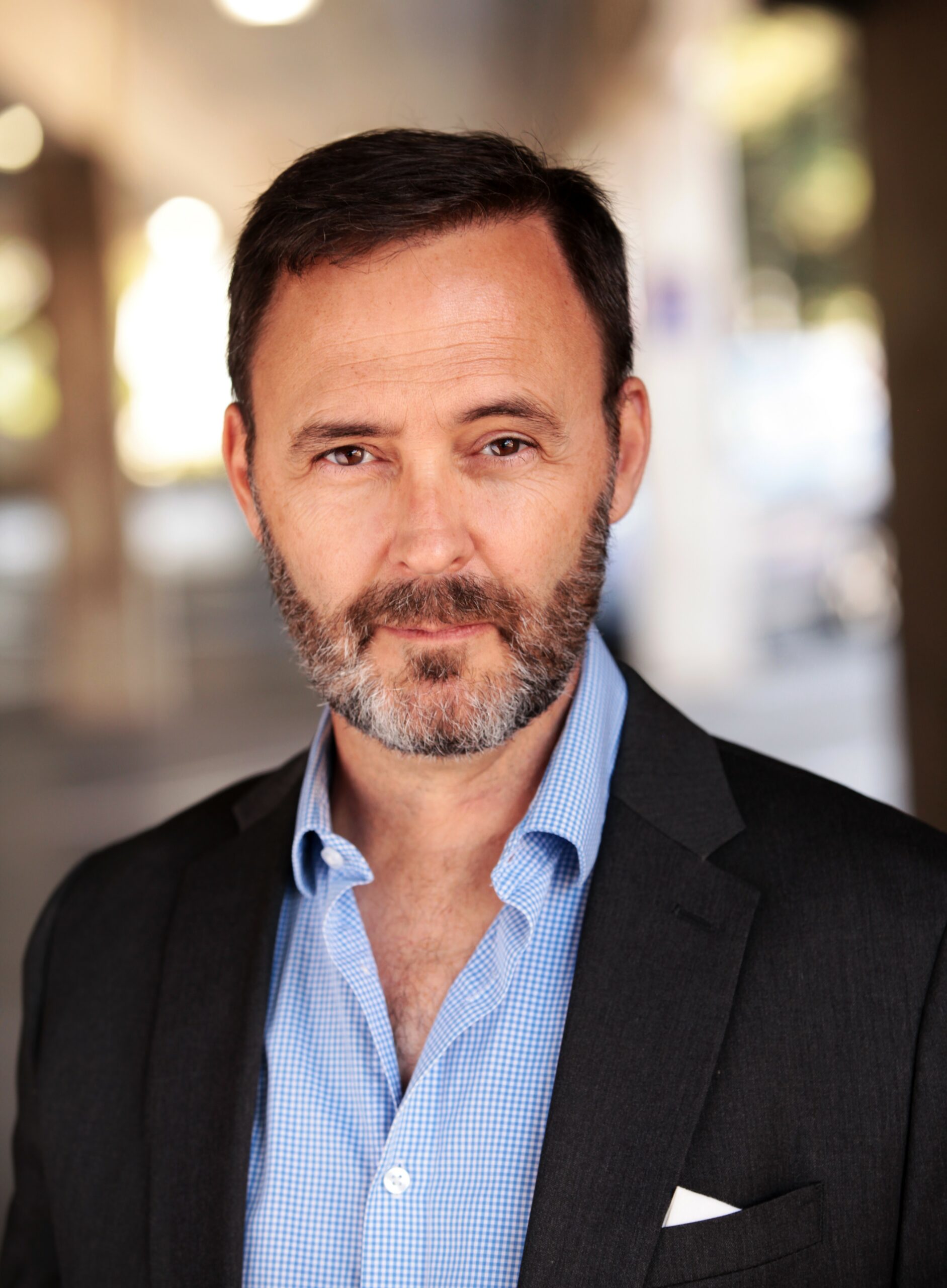We caught up with the brilliant and insightful David Beeler a few weeks ago and have shared our conversation below.
David, appreciate you making time for us and sharing your wisdom with the community. So many of us go through similar pain points throughout our journeys and so hearing about how others overcame obstacles can be helpful. One of those struggles is keeping creativity alive despite all the stresses, challenges and problems we might be dealing with. How do you keep your creativity alive?
I believe it’s the other way around. Creativity keeps us alive. Pablo Picasso said, “Every child is an artist. The problem is how to remain an artist once we grow up.”
In this sense, creativity is actually a default setting for all humans, we have unlearned our ability to see that we live in it.
If you ask a group of four-year-olds, “Who wants to draw a picture? Or, who wants to dance?” They will all jump up enthusiastically and want to be a part of it. Try asking a group of adults and see what happens. As we go through the process of growing up and identifying as our “self”, we can lose awareness of our access to the perpetual wellspring which is creativity. If you watch babies, they are in a constant state of access to this sort of “zen space,” unless something is wrong, like a full diaper, an empty belly, or it’s time for a nap. However, as soon as those needs are met, they go back to that zen space of experiencing the world as it unfolds around them.
It’s one of the reasons babies can be so magnetic. Look in a baby’s eyes— so clear, so present. As we form a personality, the locus of our experience shifts from that zen place to being in our heads and thinking more and more. Nothing wrong with thinking. We begin to create a series of ideas and beliefs — some of which are plugged in by well-meaning parents and teachers — and some are conclusions drawn from our experiences that become “codified” into who we are.
Over time, we identify with this personality – I’m a type A kind of person, “I am an introvert,” “I’m an extrovert,” and so on. Some of these conclusions can be useful, like “I’m very athletic,” or “I’m good at math,” or “I’m very organized.” Some of these conclusions can get ossified into unhelpful ideas like, “I’m a f*ck screw up,” “I’m useless,” “I’m worthless.” “I’m no good at ______.” So this collection of ideas, beliefs, and identifiers, a “personality,” are who we think we are; whereas, underneath that, we are still connected to that flow of Life, that zen space — which is who we really are.
So, if you happen to feel a little out of touch with the flow of creative energy, it’s easy to reconnect. It is the feeling you feel when you see a beautiful sunset, a flower, or beauty of any kind. Your pet. Your loved ones. It is the pregnant quiet of being in nature when you get still, slow your mind and listen. It’s creativity. It’s love. Follow your love. Pay attention to what excites you. There’s the juice in life.
Artists tend to do to this anyway, but we also tend to compartmentalize this in our work. The juice of a life fully lived is on offer for everything: food, entertainment, relationships, all of it.
For myself, I make sense of this energy and flow through the teachings of the Scottish mystic, Syd banks, who saw something profound about how life operates. Over time his insights became known as the Three Principles. After a lifetime of exploring, these are the most elegant and succinct principles I’ve come across for how human beings work. They are principles, like gravity is a principle – whether you agree with gravity or not, whether you believe in it or not, things will still fall down and not up. It will still work.
The Principle of Thought. We live in the feeling of our thinking. We are thinking machines. We even have thoughts arriving as we sleep. And we can always think again.
I had an opportunity to go into the gang unit of the San Jose jail. There is a woman known as The Inmate Whisperer, Cathy Casey. She was achieving truly remarkable results with inmates at the San Jose jail, San Quintin, and Pelican Bay. I went to observe her work with the idea of making a documentary about it. We were in a large common room with about 100 prisoners and as Cathy talked with them, one prisoner, stood up and talked about receiving his sentencing. He said, “When the judge called my name and was about to tell me my sentence, I felt my knees go week and I got dizzy. I thought I might fall down. Then I realized, thoughts are like waves on the ocean: there’s always another one coming.”
I don’t know why I heard that so profoundly. I was amazed that in this place this young man who probably didn’t make it out of high school was expressing a deep truth so eloquently. Our thoughts just keep coming like waves on the ocean and when you know that, you can allow them to roll on through and maybe not pay so much attention to them. Some of them are just noise, some are useful and some are fantastic. You’ll know the handy thoughts by the way they feel. This is so baked into us we often don’t see the significance of it. We live in the feeling of our thinking. What we think turns into feelings at the speed of lightning. Those feelings are a barometer of how and what we are thinking.
A couple of weeks I had a photo shoot for The Game Show Network to do some marketing/PR photography for the host of their new show, Beat the Bridge, Cameron Mathison. And, despite having done this kind of work for many years, the imposter syndrome reared up on me. However, these days, I knew it was just a thought, like a wave on the ocean. The thought rose, crested and dissipated. It also rose up several times over the course of the two weeks leading up to the shoot. But I knew, “it’s just a thought.” And so, it never took hold and never turned into anything; I was in a relaxed place in the shoot, having fun, and we got great shots.
The Principle of Consciousness. It’s your awareness, and you can use it any way you like.
Consciousness is the awareness of your thoughts, feelings and what’s going on in your life. Michael Neill, best selling author and life coach, describes it this way: “The mind works more like a projector than a camera. When our thoughts are projected onto the screen of consciousness, we experience them through our senses as though they’re a real description of what’s happening.”
The Principle of Mind. There is a creative energy at the heart of the universe.
When we can quiet our thinking, it’s easier to access that deep current of creativity. The more we can identify with that baby place, zen space, that wellspring of creative energy, the easier it is to weather the slings and arrows of outrageous fortune and course correct our boat to go where we’d like, and to create cool stuff in the world.
The Cypress Initiative works with youth and schools and has a great metaphor: your thoughts are like apps on your phone. There are limitless possibilities for apps. No matter what, “There’s an app for that!” Consciousness is like the phone, tablet or computer – it’s the device you interface with. Wifi, is the connection to the ever present signal, Mind.
We have the whole internet at our disposal, but we try to find all the answers on our own computer.
That sounds maybe too simplistic, but we are so elegantly made. And I define elegance as effectiveness combined with simplicity. Einstein said, “Make things as simple as possible, but no simpler.” Turns out, God was into this bright idea. Part of the kindness of the design is its simplicity.
What does this all have to do with creativity?
The energy that we’re made of – Thought, Consciousness, and Mind – is real-time responsive. For example, my family and I are currently in the Smokey Mountains and like hiking a mountain, you might not know exactly how to reach the summit, even if you have a trail to follow, but as you take a step, the next appropriate step becomes apparent. So it is with creative endeavors, you might have an idea for a painting, but in the doing of it, where to put certain colors emerges only as you go. You can outline a story and begin writing it, only to discover as you write, that the characters have other ideas, often better than your own. Where’s that come from? It’s that completely natural creative flow that you soaked in as a child. “Every child is an artist. The problem is how to remain an artist once we grow up.” Secret: it’s not even a problem— all you need to do is know that it is there for you and begin to notice your innate natural creativity more and more.
A nice benefit of seeing this is there is no “tyranny of the blank page”. There is before engaging creatively and there is once you’ve decided to engage. And you get to choose when and what you engage with. There is also no writer’s block. If you can let go of the idea of “writer’s block” and just re-engage with the process, you’re suddenly involved in creation again. The work might not be the most amazing, but the momentum of being re-engaged – in the game again – will propel you to what will work. You only need to let go of unhelpful thoughts, crack the door a little and this light will shine through. It is not only what you’re made of. It is you.
Thanks for sharing that. So, before we get any further into our conversation, can you tell our readers a bit about yourself and what you’re working on?
I’ve been told I’m a multipotentialite which is definitely a five dollar word! But… it fits. Wiki defines Multipotentiality as “an educational and psychological term referring to the ability and preference of a person, particularly one of strong intellectual or artistic curiosity, to excel in two or more different fields.” Renaissance man is another way of describing it. Jack of all trades I never liked because of the part that follows.*
So, my two primary parallel passions have been acting and photography, but I also enjoy building furniture, I’ve designed and remodeled kitchens, bathrooms, I’m interested in architecture and property development. I’ve also written and produced plays, screenplays, web series, short films, and had some writing published. Writing is something that I think I should pick up more.
I was sort of a class clown growing up, loved making my friends laugh. I clearly remember in 1st grade when we’d moved from just outside of DC, back to Kerrville, Tx, making the boy next to me laugh and thinking, “Oh, if I can get them to laugh, they will like me and I’ll be OK.” So, that became part of my personality, being funny, entertaining or charming. I put that on to be safe and it has and continues to serve me. But, I know that is not me. It’s different from my true self.
Around the age of nine, my mother, Sally, who was the queen of crafts, had some craft fake hair laying around, so I made a mustache out of it, taped it to my lip, got my stepfather‘s black cowboy hat, put it on along with some aviators, fished my old six shooters out of the toy box, shoved the six shooters in the waistband of my mint-green pajamas and strode into my parents’ bedroom like John Wayne. They were both lying on the bed and looked up and snickered. Then, I pulled my guns on them, and said, “Freeze! Or, I’ll blow your balls off!” They both fell about laughing, and told me to do more. I wasn’t expecting that, so I started improvising, they kept laughing, and that was sort of the beginning of me and acting.
Round about the same age, I would sneak my Mom’s 126 camera out of the house and take pictures. When the film would come back from the lab, there was a question, “Who shot these? These are good.” I fessed up, and was rewarded with my own 110 camera at Christmas. I was always good at drawing. I liked drawing, but sometimes found myself impatient with the time it took to make a picture, so photography became a scratch that answered that itch, but in a more instant way. When I was 16, I was very lucky to land a job in the only camera store in my area. By the time I was 17, I was running their professional b&w lab.
From the time I was a kid, I sensed that there was more to life than what most of us were playing at. As Shakespeare said in Hamlet, “There are more things in heaven and earth than are dreamt of in our philosophy.” So, I’ve been asking questions like, “What’s it all about?” “Why are we here?” from a fairly early age. This exploration was accelerated by my brother’s death in a car accident when he was 17 and I was 15. Life is a full contact sport. There will be knocks along the way, and yet, the locus of how we experience this gift of time and life, lies with us. It’s actually way simpler than most of us think. There is a beauty in the design. It is elegant. When you slow your thinking down enough to feel the feeling of that baby place, your original state in your body, you can catch a glimpse of your true nature. From there, creating is natural, easy and f*cking fun.
There is so much advice out there about all the different skills and qualities folks need to develop in order to succeed in today’s highly competitive environment and often it can feel overwhelming. So, if we had to break it down to just the three that matter most, which three skills or qualities would you focus on?
I mentioned, “pay attention to what excites you…” I kinda glossed over this, but it’s really really useful tool for making decisions. When you begin to navigate by your internal compass, decisions become easier. The way to do this is developing a feeling for what’s right for you… what you like. In the same way you know what to order when you go to a restaurant, if you develop the habit of paying attention to the still small voice within, it can not only help with small decisions like what to have for breakfast, but major decisions, like career change, ending or beginning a relationship, business decisions. It’s the same mechanism, we just have not always listened to it. Developing this as a practice will do several things for you: it takes pressure off you to make a decision— as per our earlier metaphor, you have the information of the entire internet available, not just what’s on your desk top. It will usually show up as a feeling of “this feels right,” or conversely, doesn’t. Sometimes, what makes the most logical sense, may not be the right course. Your inner knowing is like GPS which gets it’s information from frikkin’ space. If I’m in traffic, I can’t see that a half mile down the road, there is a problem. GPS, sees that and alerts me to re-rout. I can ignore it, but it’s there trying to guide me if I can hear it. Hearing it is just developing an ear for it.
Another key thing to know is it’s not about you. It almost never is. As an actor, my best booking rates have been when I was coming from a place of “How can I serve?” and having a fun time doing it. I’ve missed opportunities by making the job “important”. This one matters. That would introduce tension and some idea that I had to “do it right”; after all, it’s important. Take yourself (your personality or ego) out of the equation, replace it with bringing fun and passion to the project and look for how you can serve. This will give you better returns in almost every way.
Finally, I wish you (and everyone) could catch a glimpse of how creative you actually are. And give yourself a break. We all do the best we can in any given moment, given the thinking we have that looks real to us. There is a poem attributed to Deepak Chopra:
“We are travelers on a cosmic journey — stardust, swirling and dancing in the eddies and whirlpools of infinity… We have stopped for a moment to encounter each other, to meet, to love, to share. This is a precious moment, but it is transient. It is a little parenthesis in eternity. If we share with caring, lightheartedness, and love, we will create abundance and joy for each other. And then this moment will have been worthwhile.”
Okay, so before we go, is there anyone you’d like to shoutout for the role they’ve played in helping you develop the essential skills or overcome challenges along the way?
Michael Neill, who I mentioned previously, is not only one of the best in the world at what he does as a life coach and author, but is also my best friend. We met at drama school in London and bonded over both being Americans at a British drama school, and exploring those big questions like, “What’s it all about?” I’ve called our explorations into the meaning of life “spiritual spelunking”, journeying deep into the crevices and caverns of wisdom. Over the years, we developed a ritual, “The Talk on the Walk”. We take a weekly 3 to 5 mile walk with our dogs and talk about Life, Life’s mother-in-law, and everything. We’ve talked through all of his books before or as he was writing them and we’ve journeyed together on discovering how to elegantly navigate the boat.
Contact Info:
- Website: http://beelerphotography.com
- Instagram: @beelerphoto @davidbeeleactor
- Linkedin: David Beeler
- Other: Check out: https://www.michaelneill.org/podcast/ Highly recommended. Check out hisTEDx talk, “Why Aren’t We Awesomer?, It’s a great Ted Talk. Other resources that I have found valuable: Mavis Karn https://www.maviskarn.net/ The Three Principles Bill Cumming at the Boothby Institue. https://www.theboothbyinstitute.org/ Grace Smith and her energy work: https://www.theboothbyinstitute.org/ *Jack of all trades. Wanted to share this: In the editing process, I solicited some feedback from a friend who asked if I knew the rest of that saying, which I didn’t. Turns out the full phrase is: “A jack of all trades is a master of none, but better than a master of one.” That shifts things a little, doesn’t it?
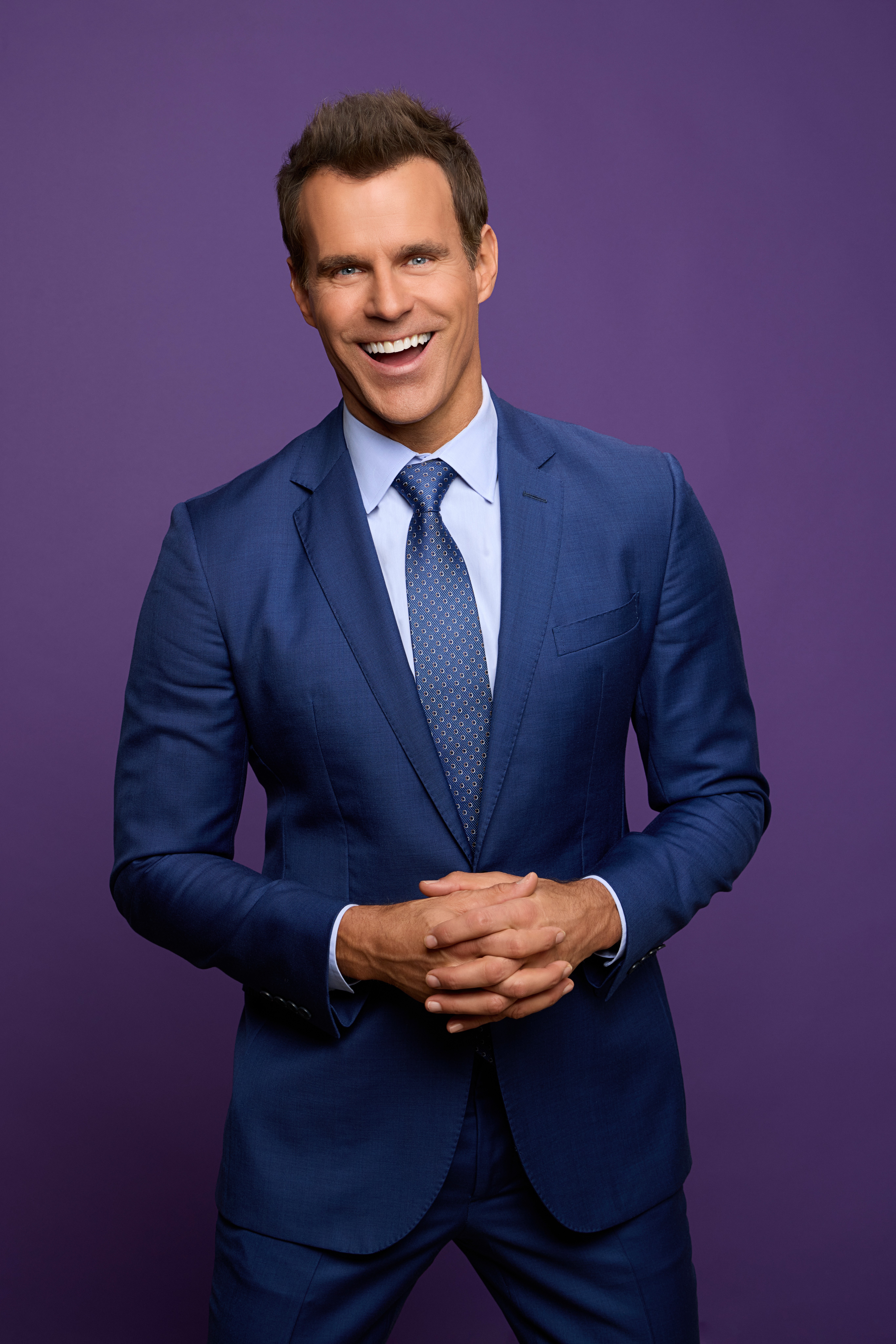
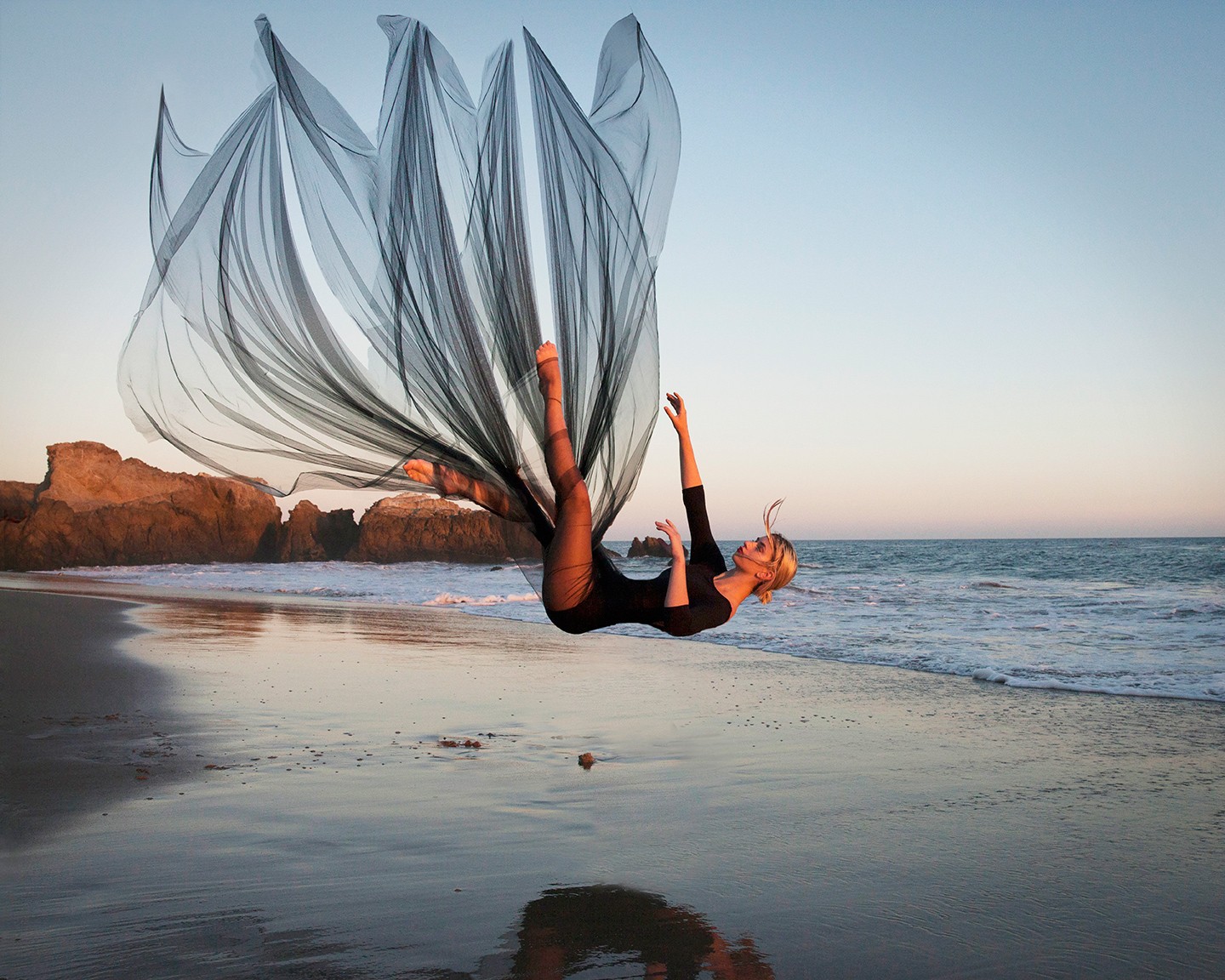
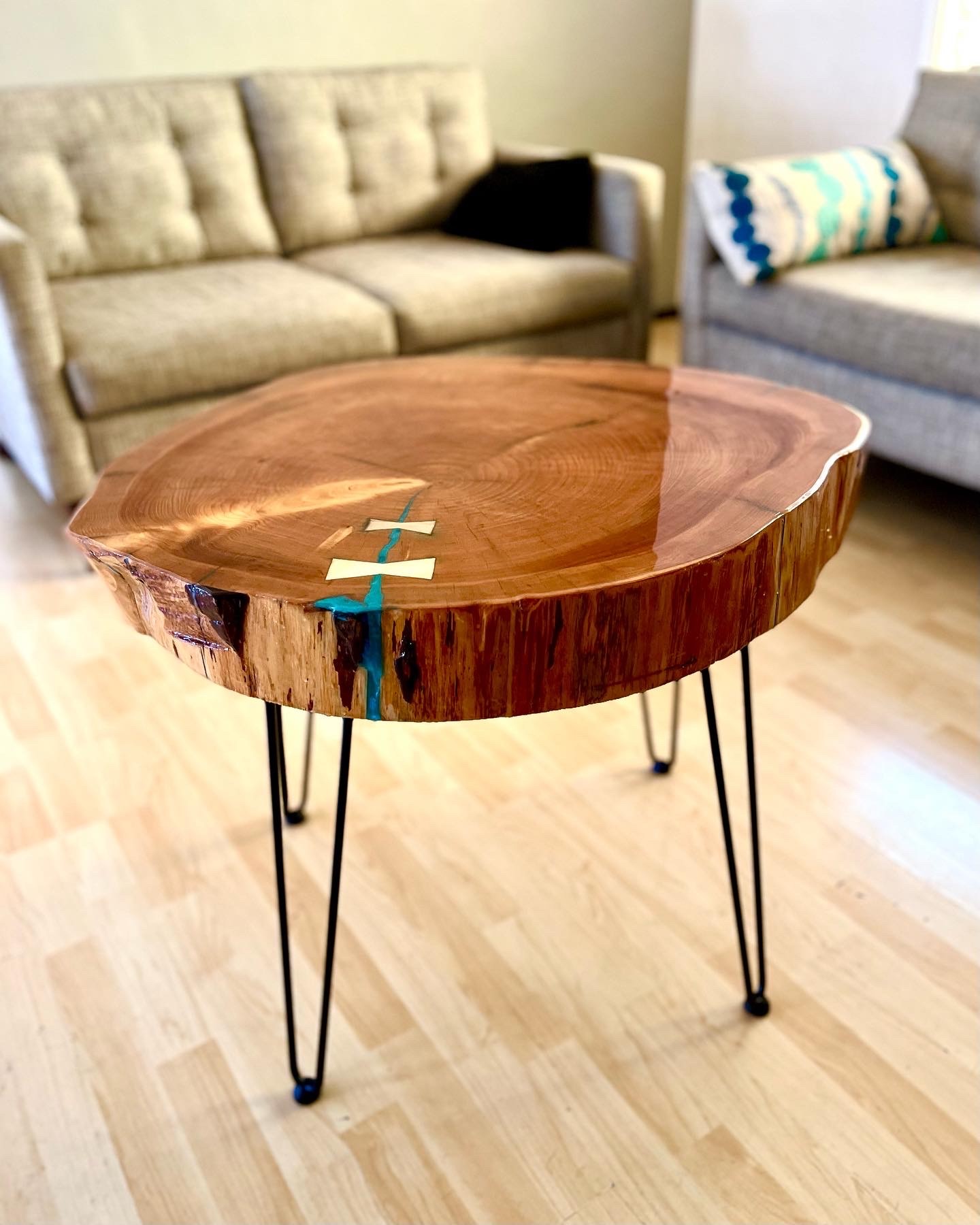
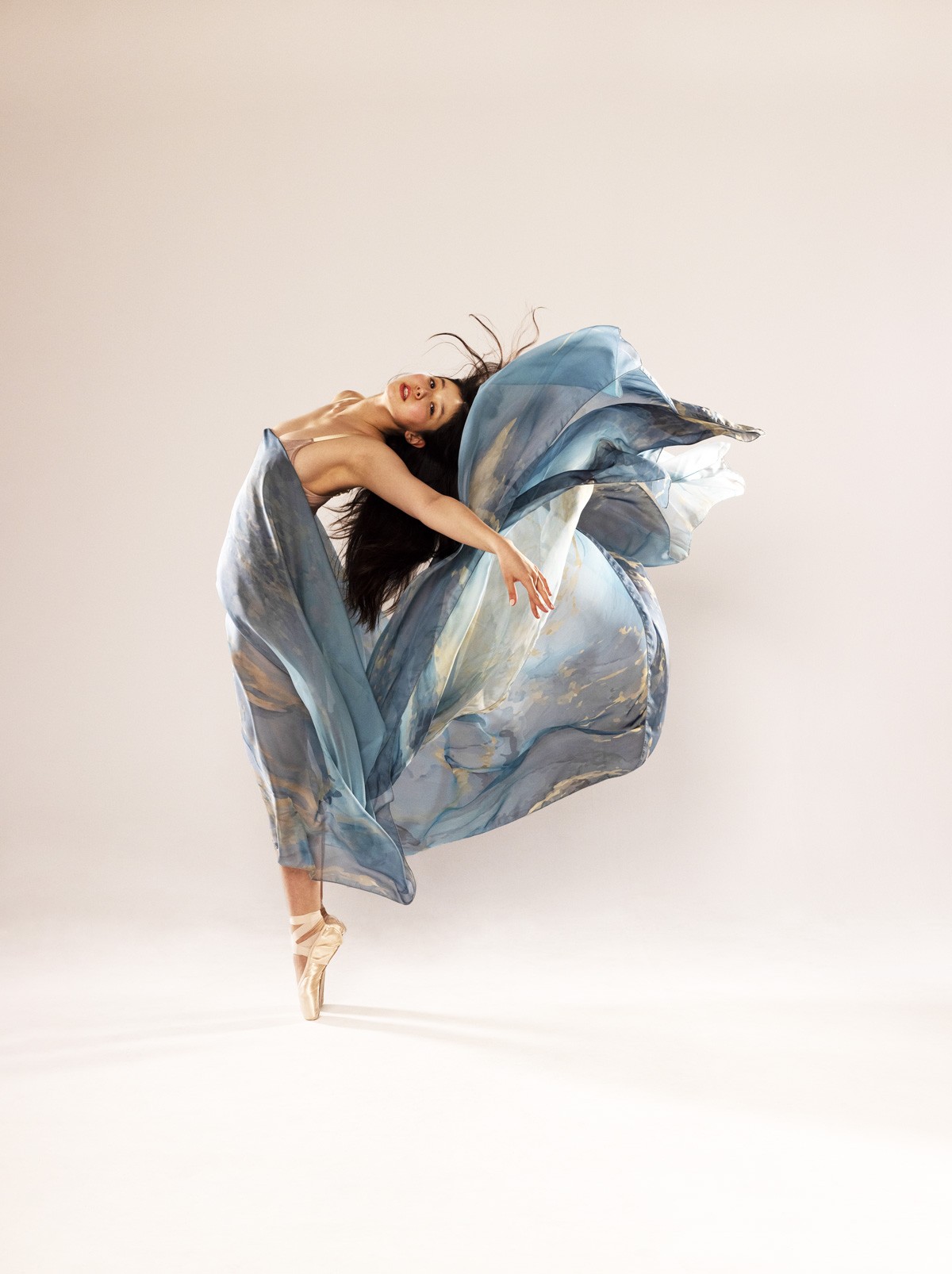

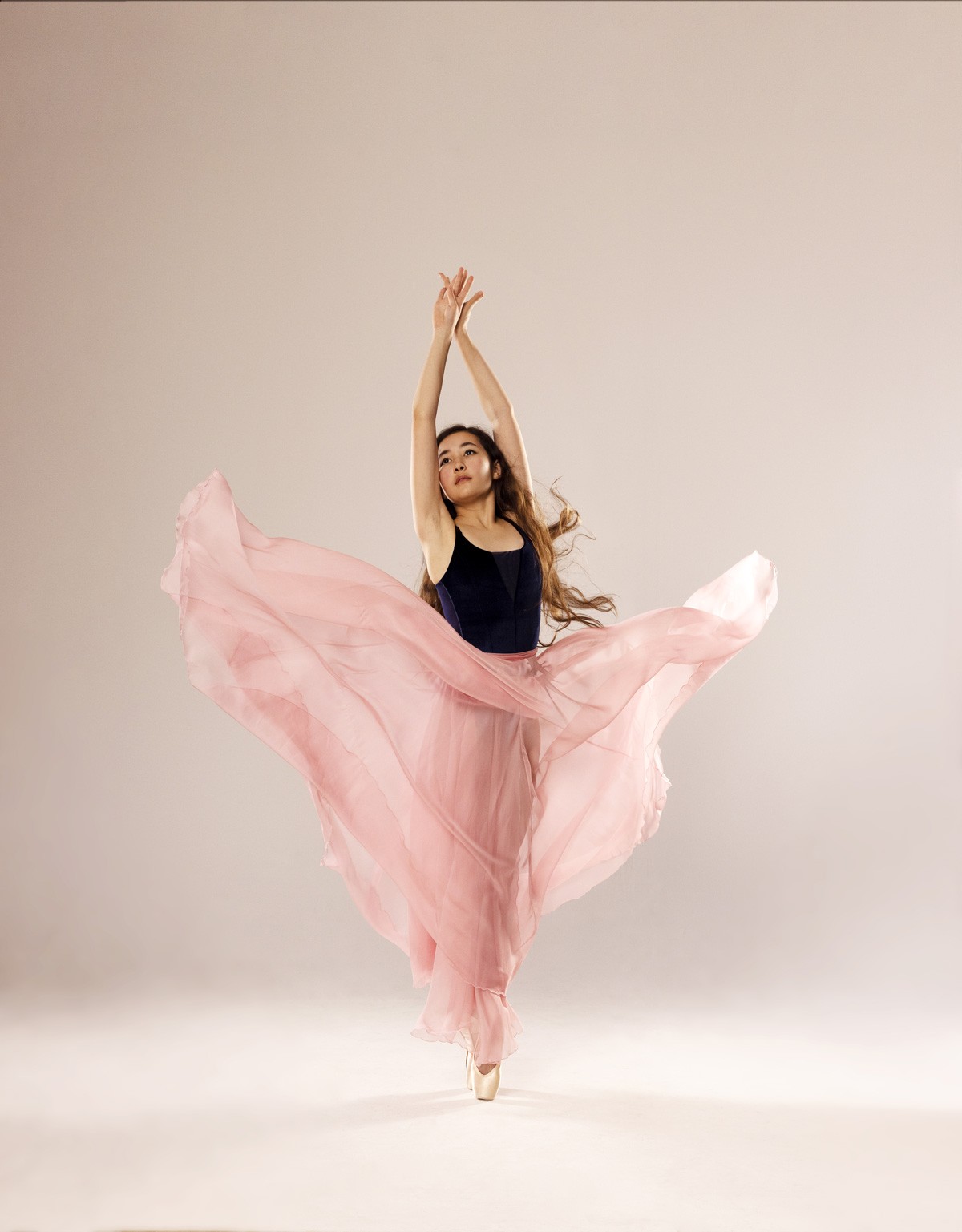
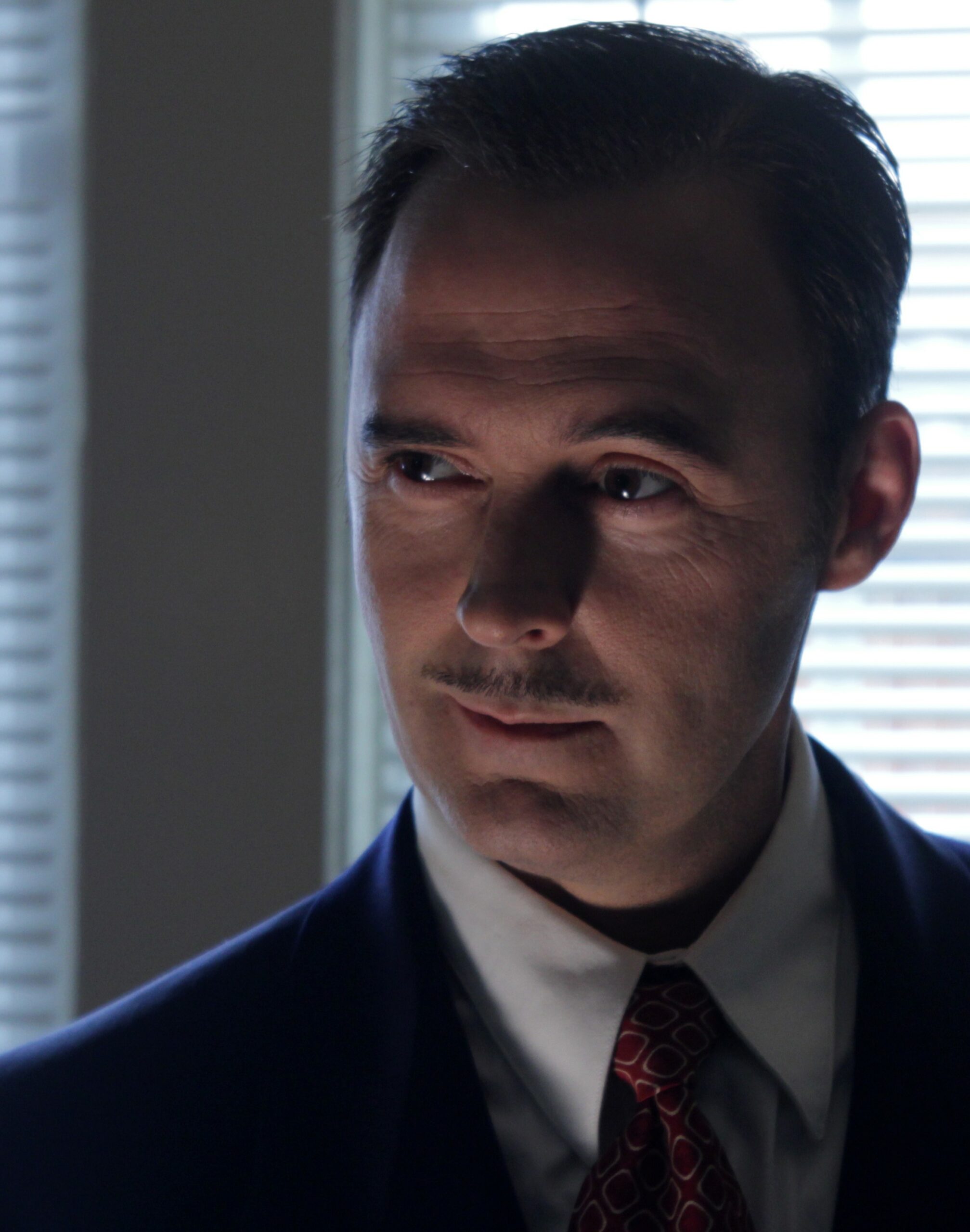
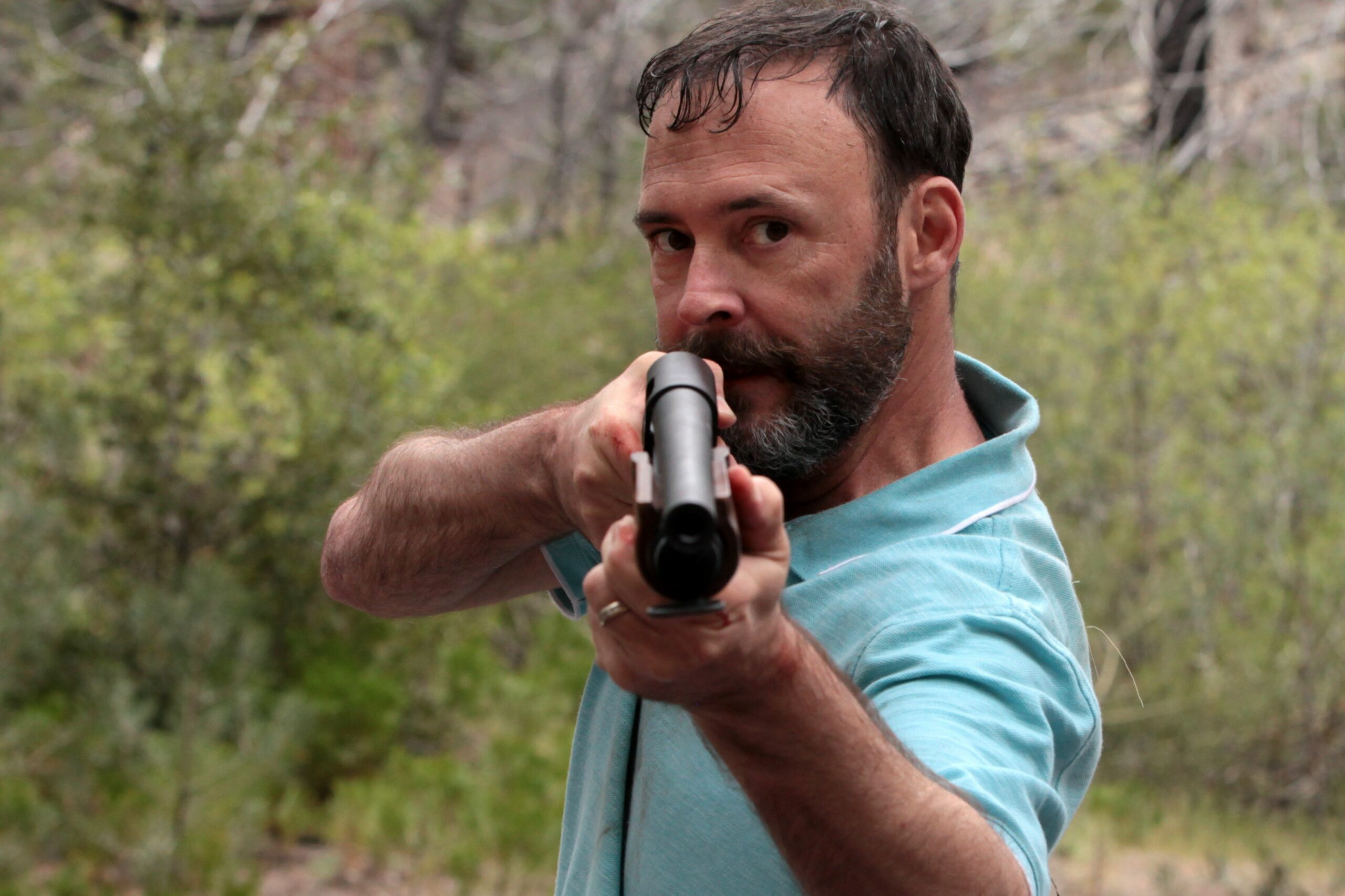
Image Credits
All are me: David Beeler • Please place “David Beeler for GSN” to the purple shot of Cameron Mathison

